I returned to Ha Giang after a week away. Although I was far away, despite being busy with work, I still kept an eye on my homeland – the place where I was born and raised – through every news bulletin, every status line on social networks, and even through urgent phone calls from friends. These days, Ha Giang is entering a historic moment – the time before merging with Tuyen Quang province to establish a new provincial administrative unit. The city was drenched in rain, pouring rain for several days, as if touching the wavering emotions of the people here.
Not only those who were born and raised in this land at the northernmost tip of the Fatherland feel regret, but anyone who has ever been here, loved the majestic Stone Plateau, been silent before the sky of Lung Cu, or simply stopped by the Nho Que River, can feel something moving - both quietly and deeply.
 |
| Author at the Northernmost Point, Lung Cu, Ha Giang |
As a researcher of State and Law history, I understand that merging provinces, rearranging administrative units and organizing the apparatus is not a new thing. In the development process of our State, especially since the Doi Moi, there have been many mergers and separations to ensure compliance with the requirements of socio-economic development, national defense and security protection, and improving the effectiveness and efficiency of State management. In the current period, the merger of Ha Giang - Tuyen Quang is a correct step, in line with the spirit of Resolution No. 37-NQ/TW and Conclusion No. 48-KL/TW of the Politburo on the arrangement of provincial-level administrative units.
I completely agree with the policy of the Party and the State. This is not only a streamlining of the apparatus and saving resources, but also a way to promote the combined strength and exploit the maximum potential of the Northern midland and mountainous region. The formation of a new province with a population of about 1.8 million people, an area of nearly 14,000 km², connecting infrastructure and investment resources will create a new breakthrough in economic development, especially tourism, organic agriculture and border trade economy.
But for me – a son of Ha Giang, that transformation is not only about numbers, but also about memories. It is the name “Ha Giang” printed boldly on every diploma, every household registration book, every student notebook, every family story. It is the winter mornings when I cycled to school in thick fog; it is the times I went to Dong Van to do research, passing through every border station at the end of the sky. Every commune name, every stream, every stilt house of the Mong, Dao, Tay, Nung people… is a page of living history that I have gone through, remembered and cherished.
And because of my deep love for this land, I am even more confident that: The future will call Ha Giang by a different name – not simply administratively, but with a new stature. Merging does not mean abolishing – but expanding. The name may change, but the identity will not be lost. On the contrary, if we know how to preserve and develop harmoniously, the culture, people, and soul of Ha Giang will have the opportunity to shine brighter, spread further in a larger space.
This afternoon, I stood on Yen Bien 1 Bridge, watching my small city gradually light up under the drizzling rain. The rain was not as persistent as the first days, and my heart felt lighter. Under those dim yellow lights, I no longer felt regret, but hope – hope that after the merger, Ha Giang would enter a new chapter: Many challenges, but also many opportunities. And I, as a citizen, a legal researcher, will continue to accompany that process – with faith and responsibility.
Vu Khanh Linh, Master of Theory and History of State and Law
Source: https://baohagiang.vn/xa-hoi/202506/ha-giang-trong-mua-ky-uc-toi-nhin-thay-mot-tuong-lai-rong-mo-d7c7439/









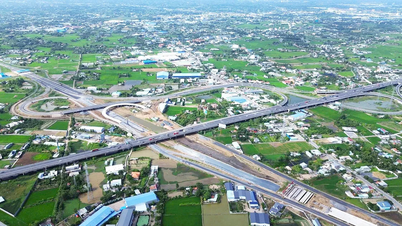













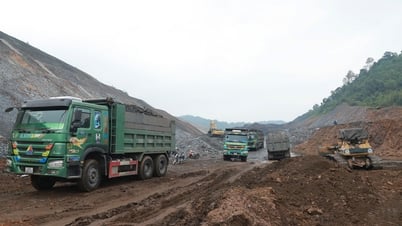
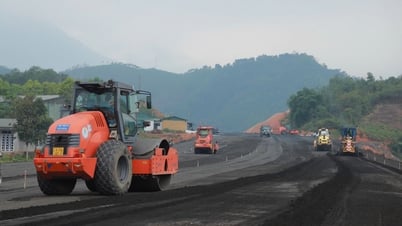




![[Photo] Off-road racing: Adventure sport, attractive tourism product](https://vphoto.vietnam.vn/thumb/1200x675/vietnam/resource/IMAGE/2025/9/14/45123bd29c884b64934da038d947d344)









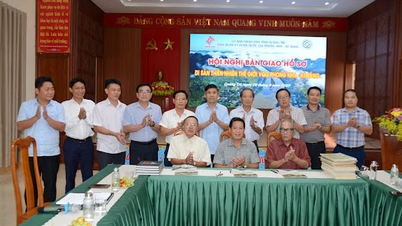











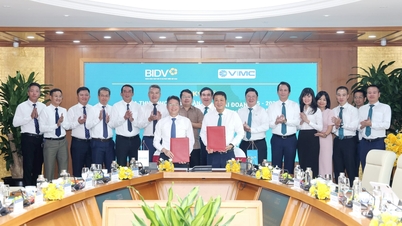

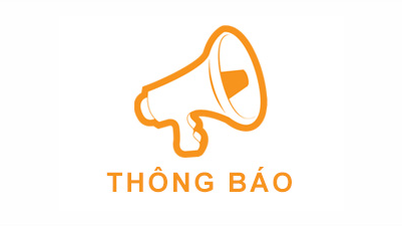
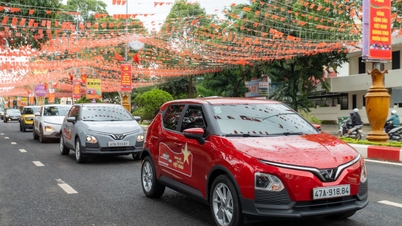


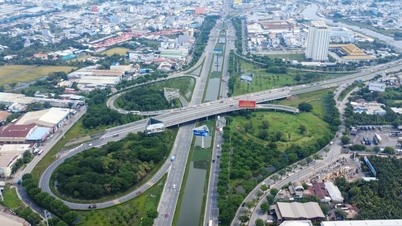





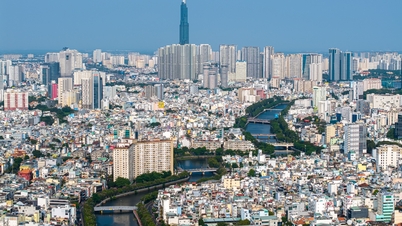
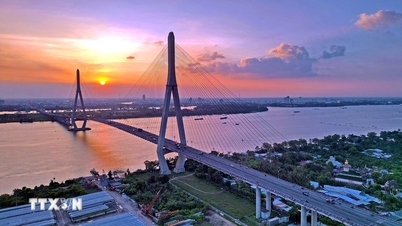













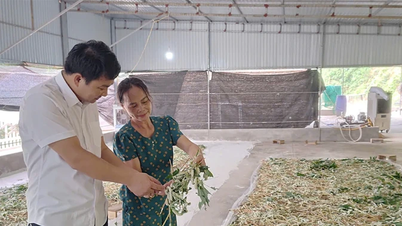




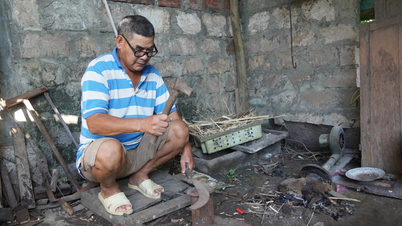



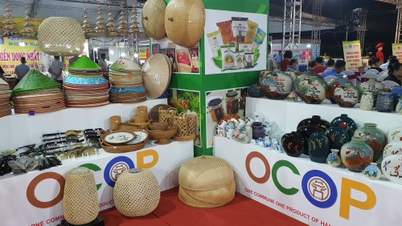
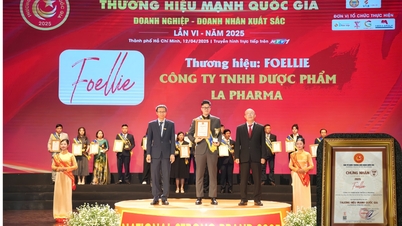








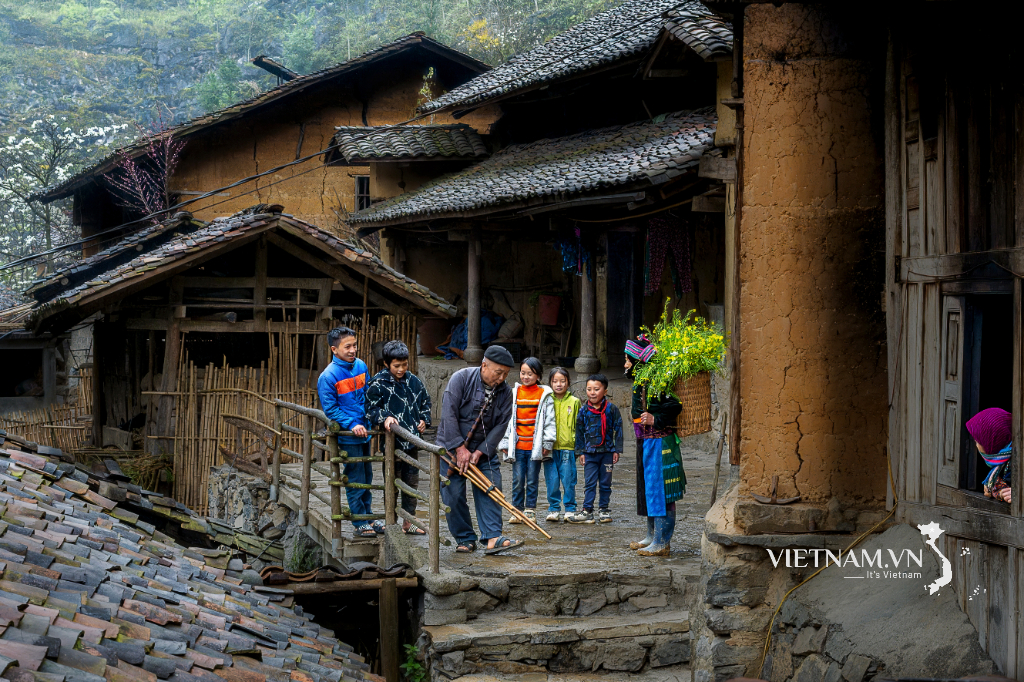


Comment (0)